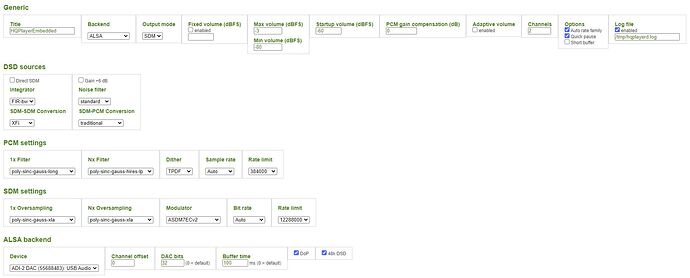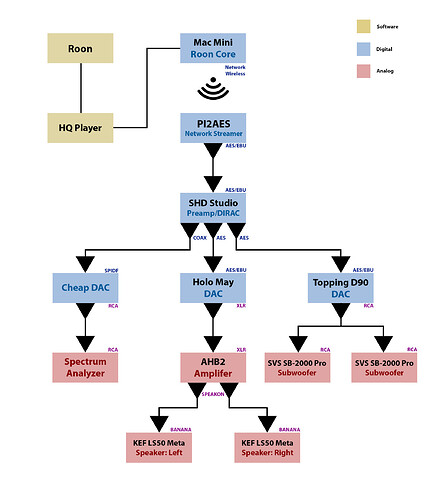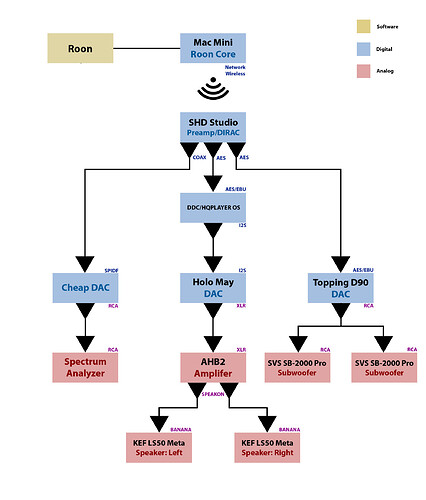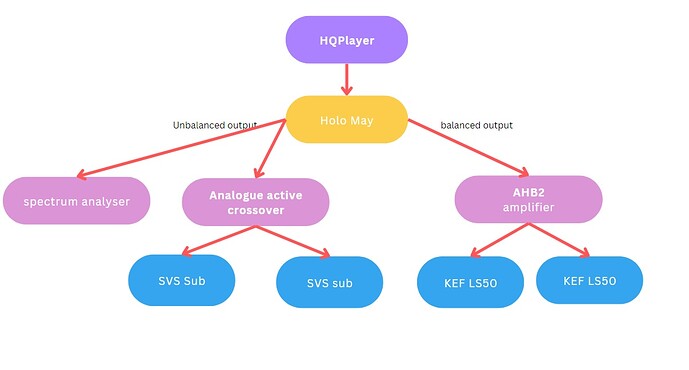Would you consider the K modell to be superior even if the non-K-model is not far behind at full throttle? Is there any other things onboard that K CPU that makes the whole difference? Could the K model be set to auto levels without tuning and still be so far infront of the std CPU? Do not have so good experience with tuning hardware, since it every now and then usually result in “blue screen”. Also tried the various auto tune modes on several MB’s- But it ends up so often with me not listening to music and instead fiddling with the PC settings. That is not where I should be if my family want to mett my better part…
Ok, so CUDA or nothing … why I ask myself, computing heavy math is performed in any GPU, I would guess? Why not use the one’s present?
Matrix is OK, I think too
Yepp; ROON R.O.C.K. Linux image, but not on Nucleaus, but instead on a powerful silent PC → Ethernet (local enterprise switch, short cables, QoS compliant) → HQPembedded 4.33.0 → USB Card out → short USB cable → RME DAC using DSD Direct mode DSD256 over PCM.
No convolution. Did not think multicore was of any use nowadays, now since the core management is upgraded since quite a few HQPe versions? The SW would activate cores/manage in and out as it see’s fit for the task, is at least how I have understood Jussi’s explanations.
Will try 24/192 with hires-lp for Nx speed before sending this answer:
Yepp, works with hires-lp for this specific sampel rate and bit depth without play back interruptions. Nope, not as good SQ as -xla.
Now, I could try to find faster CPU (I9-10900K), got the Z590, shouold be compatible, have to enforce cooling, but how should I set up the faster K model to in realworld get better performance? Is auto setting in BIOS sufficient? I don’t like the idea with tuning above reference spec, as I mentioned before, that usually result in many other things to do, than just playing music. What is the specific features? I have read that 10900 is in auto mode stepped up to 5,2 Ghz in max turbo power 3,0, while 10900K is 5,3 Ghz in same mode. Is that 100 Mhz that critical? The base speed is far faster with the K, but why should not the HQPe manage to throttle the std 10900 to turbo speed, where the difference is not that much?
Lot of questions, sorry for that, but there are a lot of things not clear to me, when it comes to computer management and I have to have additional info to what I read before understanding the background. Whe reading the spec’s it seems all so clear … 



